The Book of Zohar begins with this sentence:
"Rabbi Ezechias opens: It is written as a rose among thorns. What is the rose? It is the Community of Israel."
This reference to the rose alludes to the “Song of Songs,” a famous book of the Old Testament, to offer it a new meaning not present in this book of the Bible.
The Zohar ends with the accomplished being, called “Rozen Koreuz,” the knight (herald) of the rose, who will become for the Rosicrucian order “Christian Rosenkreutz,” their Christ, mythical figure, and master symbol.
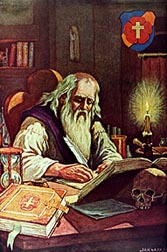
The rose of Rosicrucianism, placed at the heart of the Christian cross and straddling it (it is placed on, above, the cross), symbolizes "the Community of Israel," to re-quote the beginning of the Zohar.
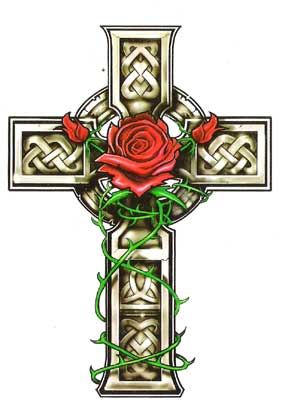
The Zohar will therefore be the basis of Rosicrucianism but also of alchemy and the “colored” white and red stages of the Rosicrucian and then Masonic initiation rite, which will quickly become red, white, black: "Because there is rose and rose, and like the rose among thorns that includes red and white". This will also directly inspire the Lutheran rose:
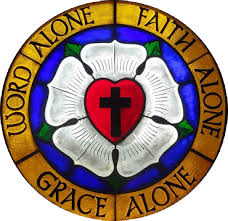
At the same time, the rosary emerges:
“The word ‘rosary’, attested from the 13th century, comes from the Latin rosarium (or rosarius), which refers to a rose garden or a field of roses.”
“In the Middle Ages, it was customary to crown statues of the Virgin with roses, each rose symbolizing a prayer, hence the word rosary. This prayer to Mary gradually developed in the Church’s piety, only to be fixed in its definitive form around 1500.”

These symbols from the Zohar will spread like wildfire during this period, in fact from the 12th century until the French Revolution and even after to a lesser extent, this symbol of the rose is present everywhere, in the coats of arms of great families, in paintings, etc…
But the culminating point of this Zoharian infiltration will be the fall of the European religious monarchies and the disastrous wars of religion. Like this one, with quite a telling name:
But how did such a collection of books manage to resuscitate many of the hermetic teachings and how did a collection of essays written in the medieval era in broken Aramaic make it into the literary cannon of Jewish Kabbalist tradition? Despite opposition of many prominent Jewish figures of the time like Maimonides
More importantly, the qliphotic version of Kabbalah, which deems the physical world evil in its essence, is yet another artificial addition that comes from pagan worlds, but which is also found in Buddhism ("the world is suffering and we must extract ourselves from it by reaching Nirvana and Moksha, Nirvana without return, to no longer ‘suffer’ life and its system of reincarnation, to flee the misfortunes of life on earth.).
However, this goes against major tenants of Jewish monotheism: if we summarize the beginning of the Torah probably written between 1000 and 800 years before Jesus Christ:
“God created the world in six days, and saw that it was good.”
Translation: God deemed the world good, it does not need any fixing
The real question here, is: What are the actual references behind the Zohar, and what is its most probable place of origin?
I’m going to argue in a next post that the real origin of this gnostic resurgence can be found in what is today modern Ukraine. In the Black Sea shores of Crimea and Odessa.
In the meantime if you have any critique, I’d be more than happy to take them into consideration.!


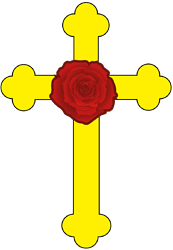
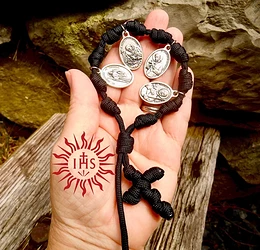
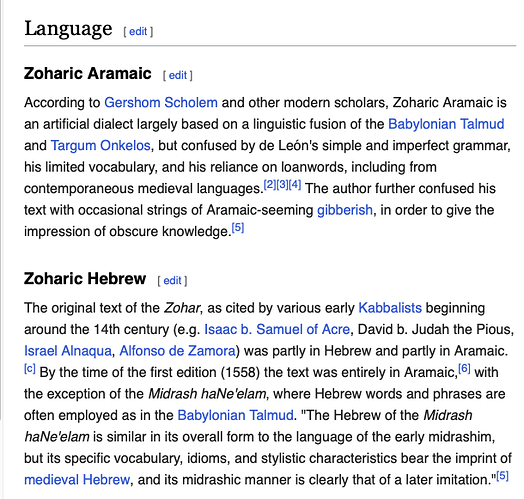
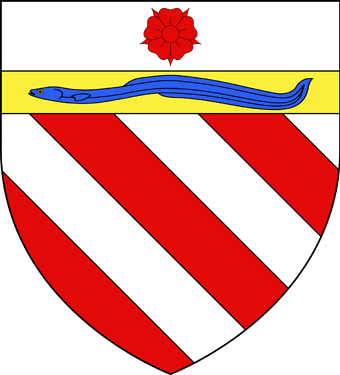
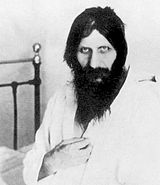
 .
.